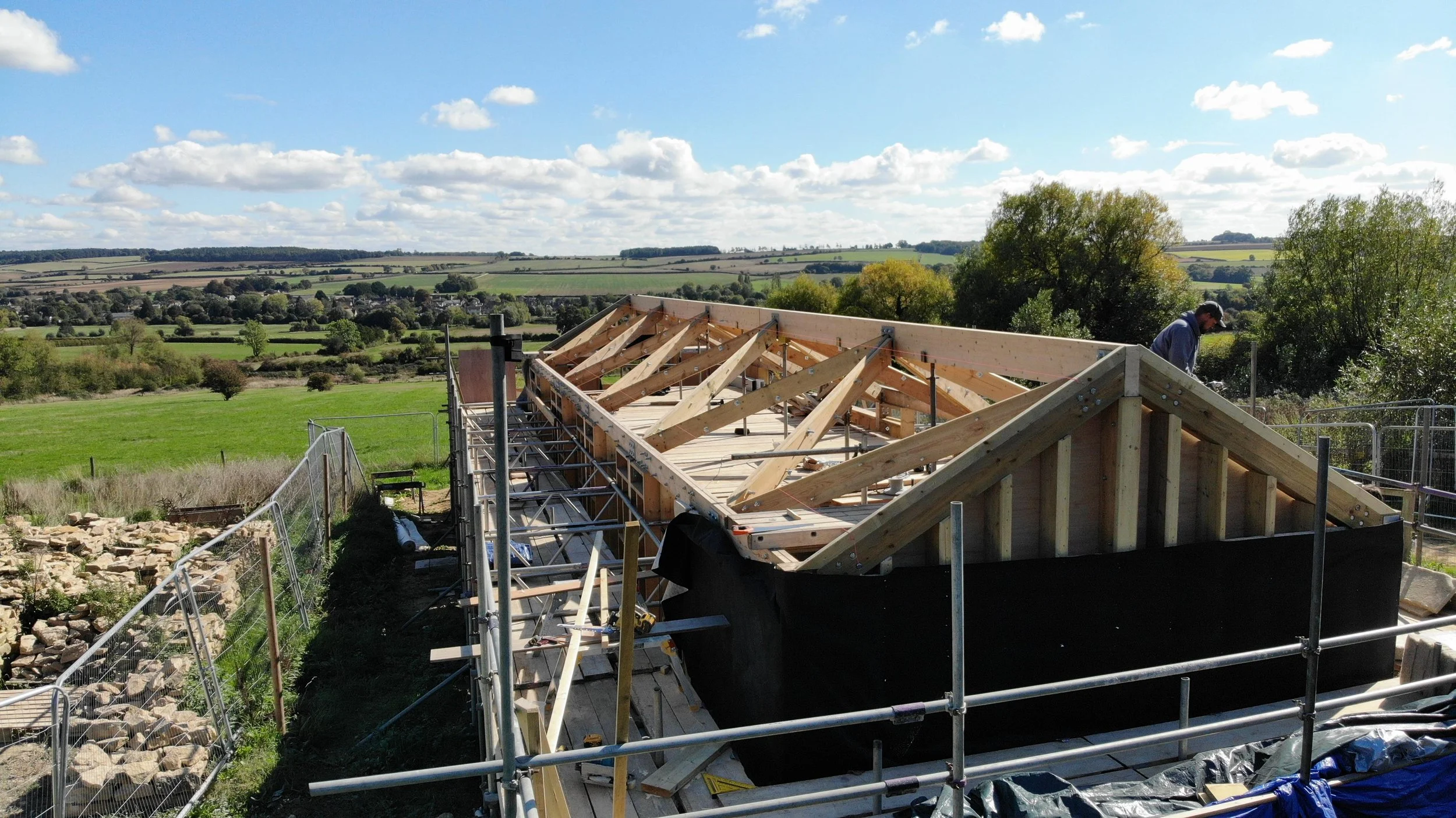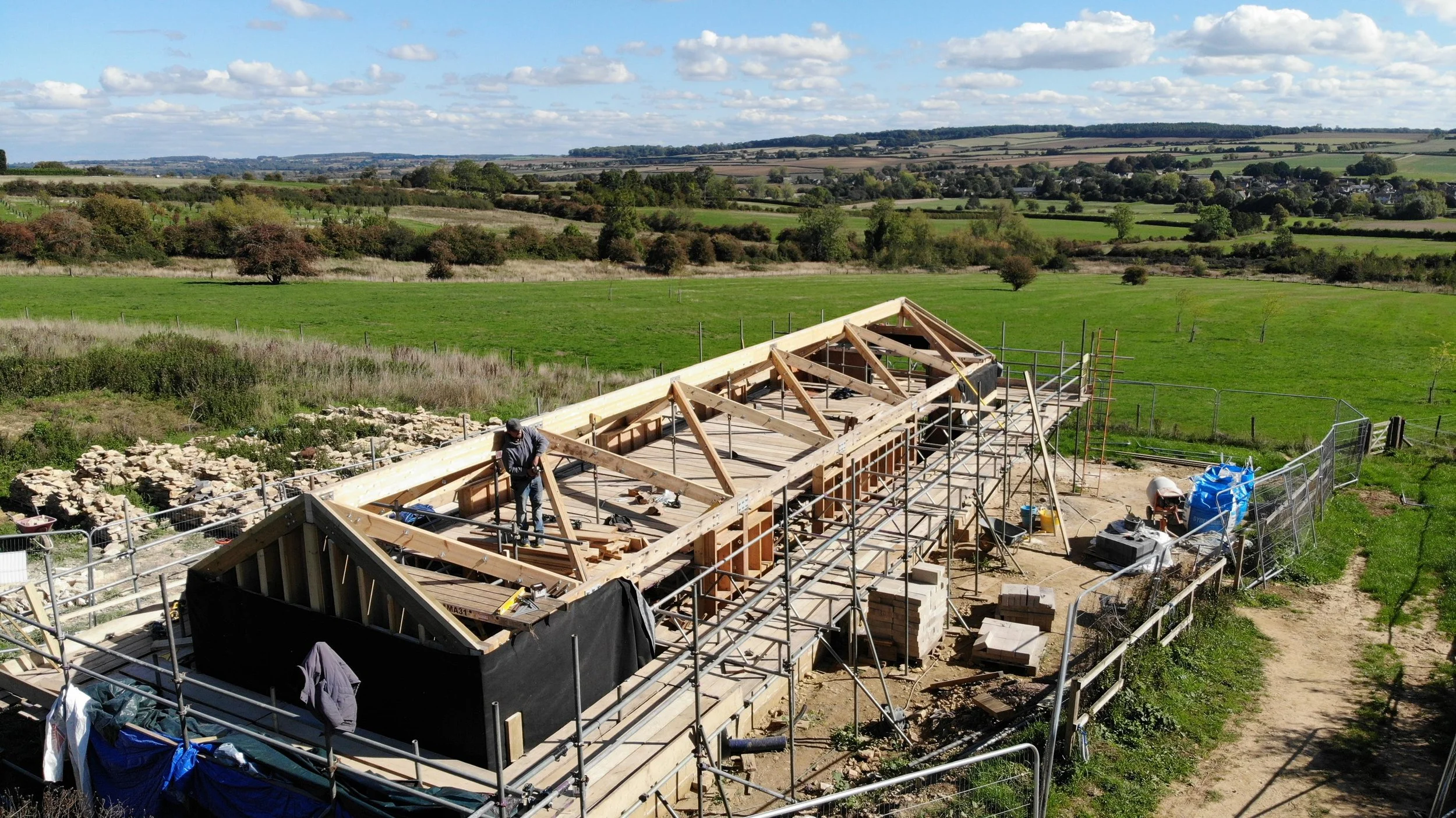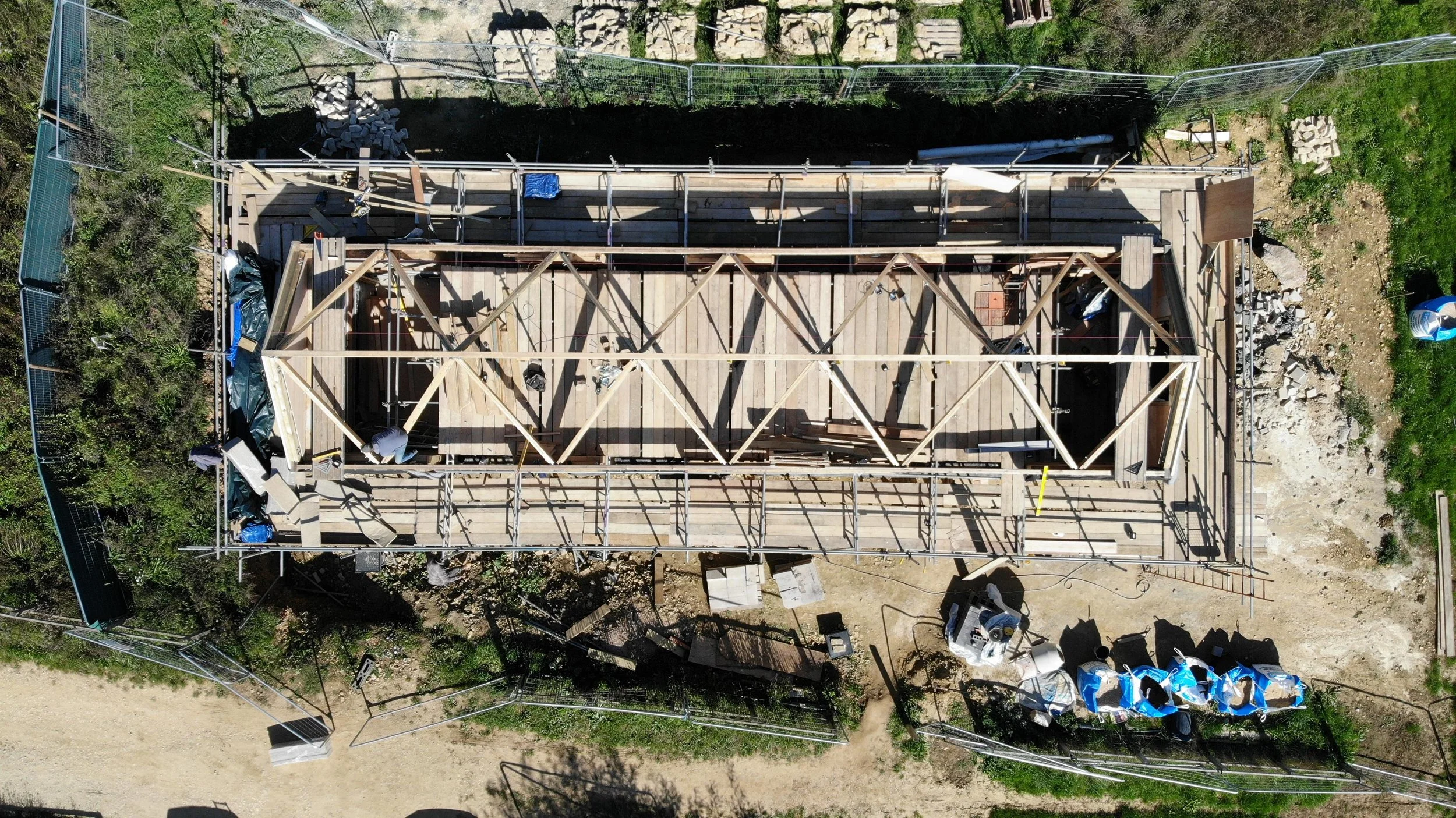Hemp in Construction
We recently attended an insightful talk at FarmED on the use of hemp in construction. The session brought together both designers in the built environment and farmers, highlighting the critical role that agriculture plays in supplying sustainable materials for the industry.
The built environment is one of the world’s largest consumers of energy and a significant contributor to carbon emissions. From transportation to heavy machinery and the materials themselves, construction places a heavy burden on the environment. As the demand for development continues to rise, ensuring this sector prioritises sustainability is no longer optional, it’s essential.
One of the most effective ways to reduce the industry’s impact is through material choice. Using resources with strong thermal properties and low embodied energy can drastically improve building efficiency and reduce emissions. Increasingly, attention is turning to plant-based biomaterials such as hemp as an alternative to conventional materials, offering innovative pathways towards sustainability.
Hemp, derived from the Cannabis sativa plant, is cultivated globally and has excellent economic and environmental value. It grows rapidly, yielding around 21 tonnes per hectare per year, requires no pesticides or chemical fertilisers, and thrives in crop rotation systems. Its deep root structure improves soil health, making it especially valuable in the UK where intensive farming has depleted soil quality. For farmers, hemp provides a profitable crop with relatively low input requirements, helping to restore land while creating new revenue streams.
The benefits of hemp extend far beyond agriculture. Its use in construction provides a renewable, low-carbon material with strong insulating and structural properties. While the UK supply chain and processing facilities are still developing, European examples demonstrate the vast potential of this sector. With clearer licensing policies and more investment, hemp could soon play a central role in creating a more sustainable construction industry, while simultaneously supporting farming communities.
In short, hemp is more than just another crop: it’s a material that bridges the gap between agriculture and construction, providing solutions that benefit both industries and contribute to wider sustainability goals.
Little Barns, FarmEd
One of our current projects which utilises hemp is the little barns project at FarmEd.
The challenge was to design an open plan timber framed structure, spanning approximately 14 metres to create a shared office/workshop space. This was achieved through employing a timber diagrid structure, utilising the pitched roof planes as a pair of stiff diaphragms and loadbearing timber stud walls to all sides, giving stability to the structure. The design aimed to minimise steel usage, with the majority of the steelwork being confined to the connections.
The diagrid structure resulted in complex timber to timber connections, requiring a careful design approach to ensure a buildable design whilst maintaining efficiency in the materials used.
The ridge beam is comprised of two large sections of glulam, spliced together to act as one. All of the timbers are sourced from local suppliers to limit the embodied carbon in transportation. The external leaf stonework is reclaimed from the original barns, travelling less than ten metres to its new home.
Hemp fire insulation is being used in the roof and walls. The walls are internally lined with hempcrete, giving an ultra-modern carbon efficient finish.
We are very much looking forward to seeing the finished product!




